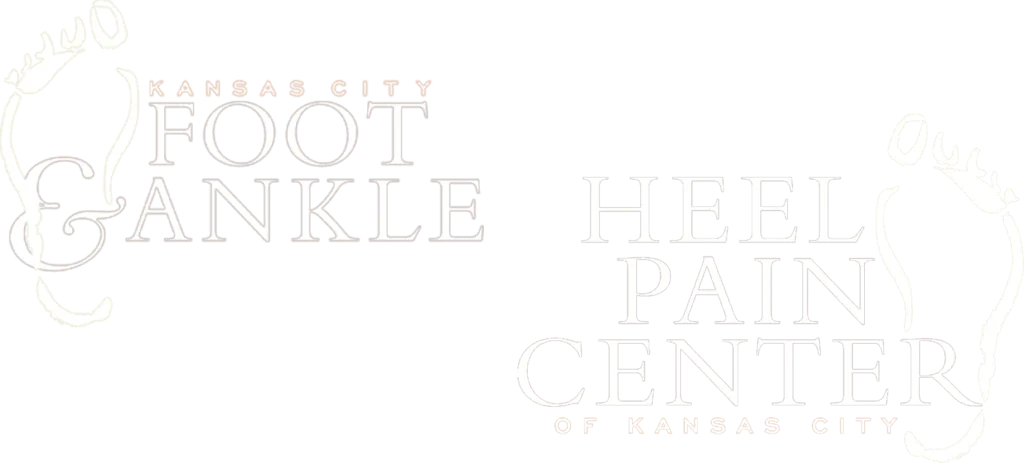Have you Ever Heard of a Foot Contusion?
posted: Jul. 04, 2019.
Foot Contusions are very common injuries that people (especially children) may encounter. Have you ever heard of a foot contusion? Let’s look at this scary-sounding foot injury (that actually isn’t as bad as it sounds!).
What is a Foot Contusion?
A foot contusion is basically just a bruise on the foot or ankle. A contusion develops when the small blood vessels in your foot or ankle break open due to the force of an impact, leaking blood into the surrounding areas. Contusions are often the result of being hit by a blunt object, like a ball or bat. These types of injuries are frequent in sports activities for adults and children.
Symptoms of a foot contusion include:
- Red, black and blue coloring, may change to green or yellow
- Tenderness to touch, more painful with movement
- Swelling or a lump near the bruise
It is important to note that some of these symptoms may not show up until several hours after the initial injury.
Treating a Contusion
Typically, contusions aren’t considered serious injuries. Most bruises resolve in a week or so, although the skin discoloration can stick around for a lot longer than that. Still, when the contusion is situated at a joint, like the knee or ankle, the injury can be a bit more serious, as range of motion can be affected.
Your doctor will determine whether or not there is a need to tape or bandage a foot contusion, and whether or not additional treatment is necessary. Recovery can be sped up by following this protocol:
RICE
- Rest – as much as possible, the injured area should not be used. In some cases, a brace or sling may be used to keep an injured joint still, but this is not typical with a simple contusion.
- Ice– put ice on the injured area 3–4 times a day, for 20 minutes at a time. Use an ice pack or bag of frozen peas wrapped in a thin towel. Never put ice directly on skin.
- Compression – if instructed, wrap the area to keep swelling down. Use an elastic bandage. **Do this only as instructed by a doctor**.
- Elevation– raise the injured body part above the level of the heart.
- Medications – to relieve inflammation and pain may be helpful when dealing with a particularly bad contusion. These will likely be NSAIDs (non-steroidal anti-inflammatory drugs) like ibuprofen or naproxen. In the case of children, these medications should only be used as directed by your child’s doctor, especially if he or she is not yet a teenager.
You may want to reference our previous blog, 3 Ways to Help Prevent Summer Youth Injuries from Sports Activities, for helpful tips on how to avoid contusions and other injuries!
Please contact your healthcare provider if:
- There is increased swelling on the foot.
- Severe foot pain is present.
- The foot is painful, or unable, to move.
- There are questions or concerns about the injury or treatment.
Kansas City Foot and Ankle and The Heel Pain Center
South: 1010 Carondelet Dr, Suite 301, Kansas City, MO 64114
North: 9501 N Oak Trafficway, Suite 200, Kansas City, MO 64155
East: 3600 Ralph Powell Rd, Suite D, Lee’s Summit, MO 64064
816-943-1111
Kansas City foot and ankle specialists Dr. Mark Green, Dr. Stephanie Jameson, Dr. Daniel Hanon, Dr. Corey Bess, and Dr. Ethan Knowlton offer sports podiatry, diabetic foot care, and treatment and surgery of all foot and ankle problems to residents of the Kansas City Metro and surrounding areas.
Contact us today for an immediate appointment.
Follow us on Facebook!
